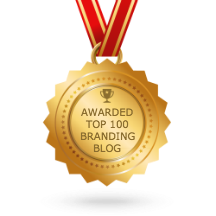Which story will they tell? 9 possibilities for pitch stories
As I explained in this post, the purpose of a pitch is not to sell what you do. It’s to explain in the clearest terms why someone should look forward to doing business with you. And while you’re explaining your story, you can bet that every other participant in the pitch will be telling theirs. It’s well worth surmising where your story lies and what their story/stories might be: 1. The authority – the trusted source of knowledge. This is a brand and credentials story. It focuses on being the market leader and on the ability to take matters in hand and deal with problems efficiently and effectively. The emphasis is on de-risking and delegation. Works wonders with clients looking for someone to take charge. 2. The safe bet – the best pair of hands. This is a reassurance story. It focuses on the proven and time-tested partner, diligent, hard-working, who always hits targets. Not necessarily the most exciting answer or the most original, but a choice that most will be more than happy with. …

